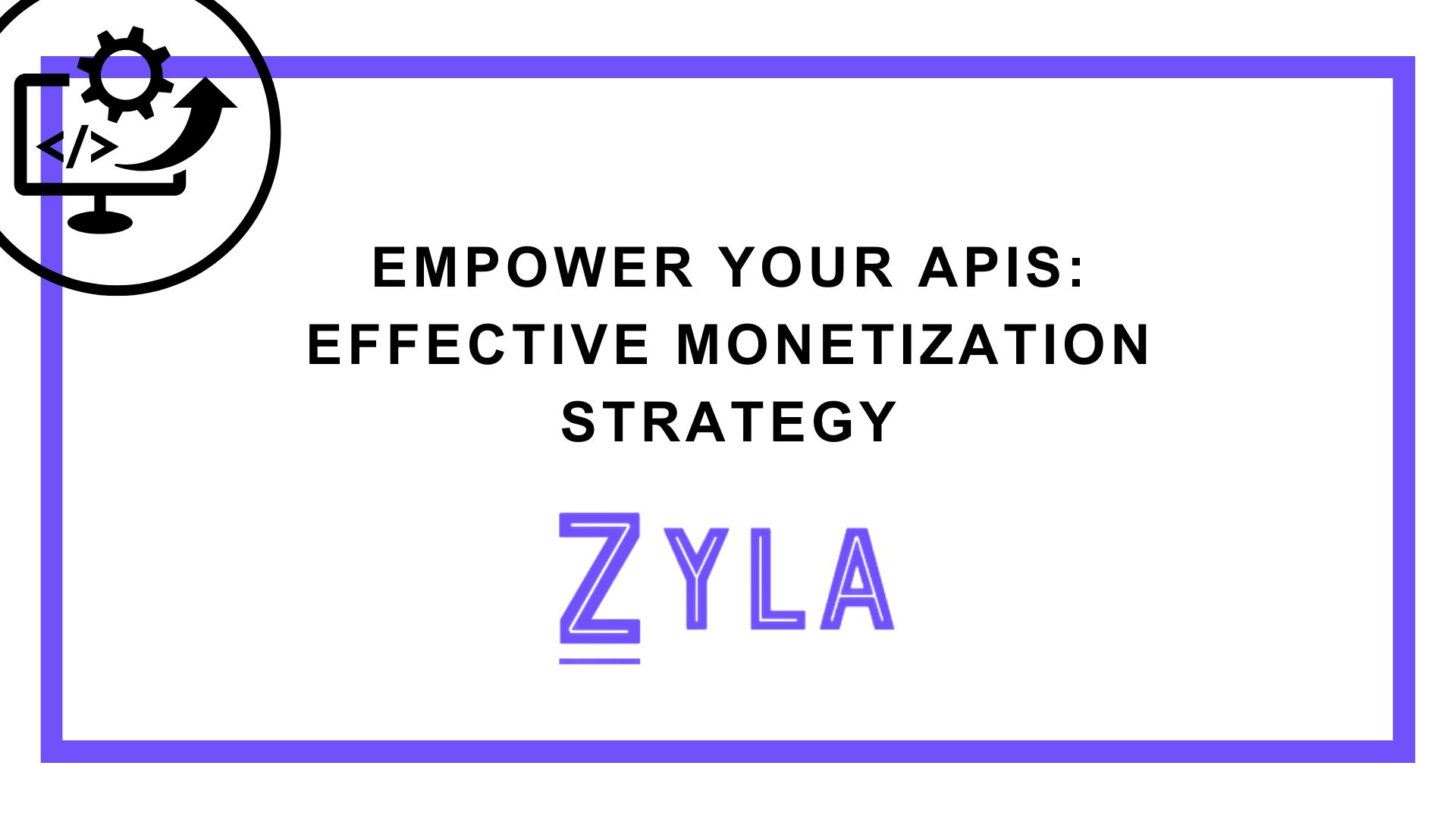Empower Your APIs: Effective Monetization Strategy

The digital world of today has made Application Programming Interfaces (APIs) crucial for enabling a vast range of services and applications. Businesses hoping to prosper in the digital economy must comprehend the capabilities and power of APIs. To fully realize the potential of APIs and turn them from being insignificant tools into priceless assets that spur growth and income, monetization is essential. For organizations to properly leverage the value of their APIs, it is imperative that they comprehend the need of an API monetization strategy.
Introduction To An API Monetization Strategy
API Monetization refers to the process of generating revenue from APIs by offering them as services to external developers, businesses, or organizations. It involves selling APIs or providing access to them through various monetization strategies. Effective API Monetization is crucial for businesses looking to maximize the value of their digital assets and stay competitive in the market. It enables companies to capitalize on their APIs and create new revenue streams while delivering value to customers.
Different APIs within a portfolio may require different monetization strategies based on factors such as usage patterns, market demand, and competitive landscape. Scalable and flexible pricing structures enable businesses to accommodate changes in demand, user behavior, and market conditions while maximizing revenue and customer satisfaction. Once the monetization plan has been developed, businesses must focus on implementing it effectively, ensuring seamless integration with existing systems and processes.
Historical Overview
The concept of API monetization has evolved significantly over the years, mirroring the evolution of technology and business practices. Initially, APIs were primarily seen as tools for internal use, enabling communication between different software systems within an organization. However, as the digital landscape expanded, businesses began to recognize the untapped potential of APIs as revenue-generating assets.
In recent years, API monetization strategies have become more diverse and sophisticated, reflecting the changing needs and preferences of businesses and consumers. From subscription-based models to pay-per-use pricing schemes, businesses have experimented with various approaches to API monetization, seeking to strike a balance between generating revenue and providing value to users.
Zyla API Hub
Zyla was established due to the realization that developers face similar difficulties when integrating different APIs into their apps. They want to remove these obstacles by creating an API hub that offers a single account, API key, and SDK. Zyla decided to open its center to showcase the APIs that are now accessible and expedite the development of new ones in an effort to simplify things for developers.
1) To start testing, choose the API from your dashboard. To access the API's own homepage, just click on its name. All of the API's documentation, endpoints, and usage guidelines are available on this page.
2) Activating an API subscription is the first step towards conducting tests. Take advantage of every single seven-day free trial that is provided. It's crucial to remember that there will only be one hub API available during the trial period. A test method is included in all hub APIs. There is a testing area on the API page. Select "Test Endpoint" from this menu, then change the parameters as needed.
3) Visit the website to view the test results. You can evaluate the usability and usefulness of the API solution for your project by finding out more. Remember that you are losing some of your subscription each time you use an API request for testing. For further details, look into the dashboard's usage data.





